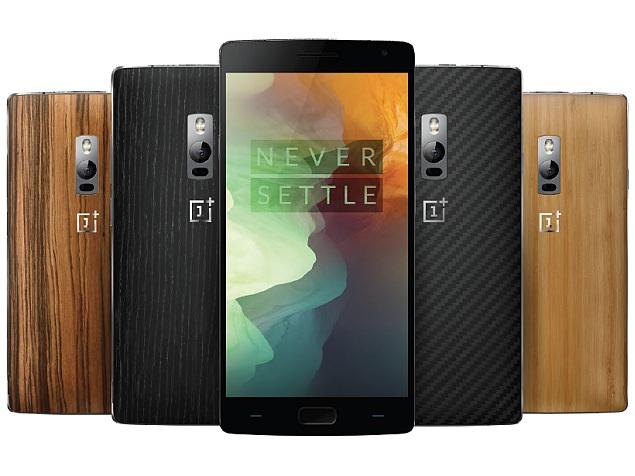OnePlus 2 review
KEY FEATURES 5.5-inch 1080p screen Snapdragon 810 processor with 3/4GB RAM 16 or 64GB storage Dual SIM 13-megapixel rear camera 5-megapixel front camera Fingerprint sensor 3,300mAh battery Manufacturer: OnePlus Review Price: £239.00 ONEPLUS 2: DESIGN At first glance, the OnePlus 2 doesn’t appear anything special. Coming from a manufacturer no-one has heard of you might expect it to bear some obvious USP that’ll scream at you from the shelf. But that’s not the point. The OnePlus 2 isn’t meant to be sold on shelves, ever. Aside from the odd importer, you can only buy the phone from OnePlus direct. You need an invite to even be able to order the thing and, at the time of writing, they aren’t too easy to get hold of. The cynics among you may think: what better way to breed hype and anticipation than by limiting stock? Such thoughts aren’t groundless, but if there was a middle-man retailer or network in-between, you can bet the OnePlus 2 would not cost £239. Th...








Comments
Post a Comment